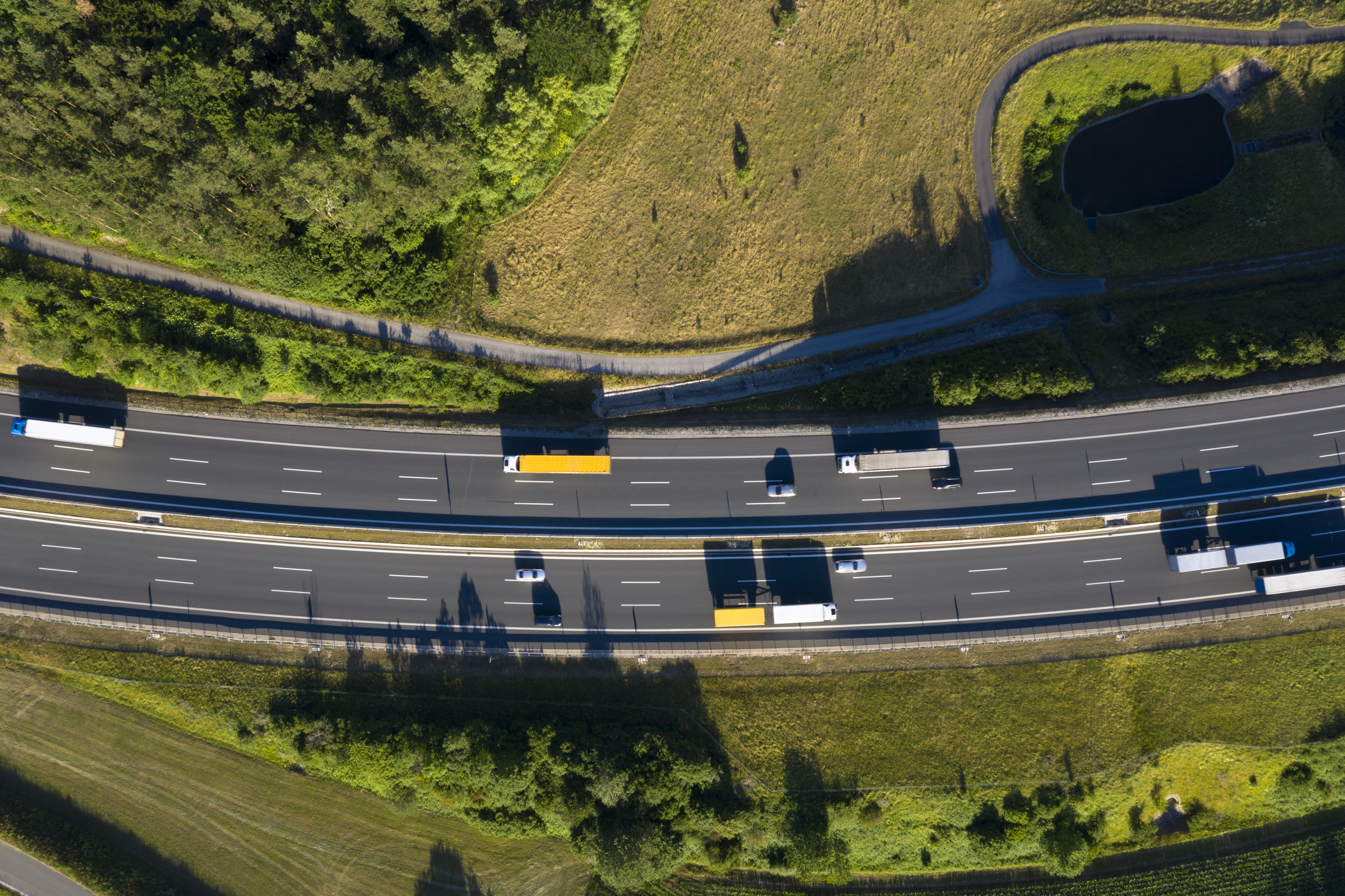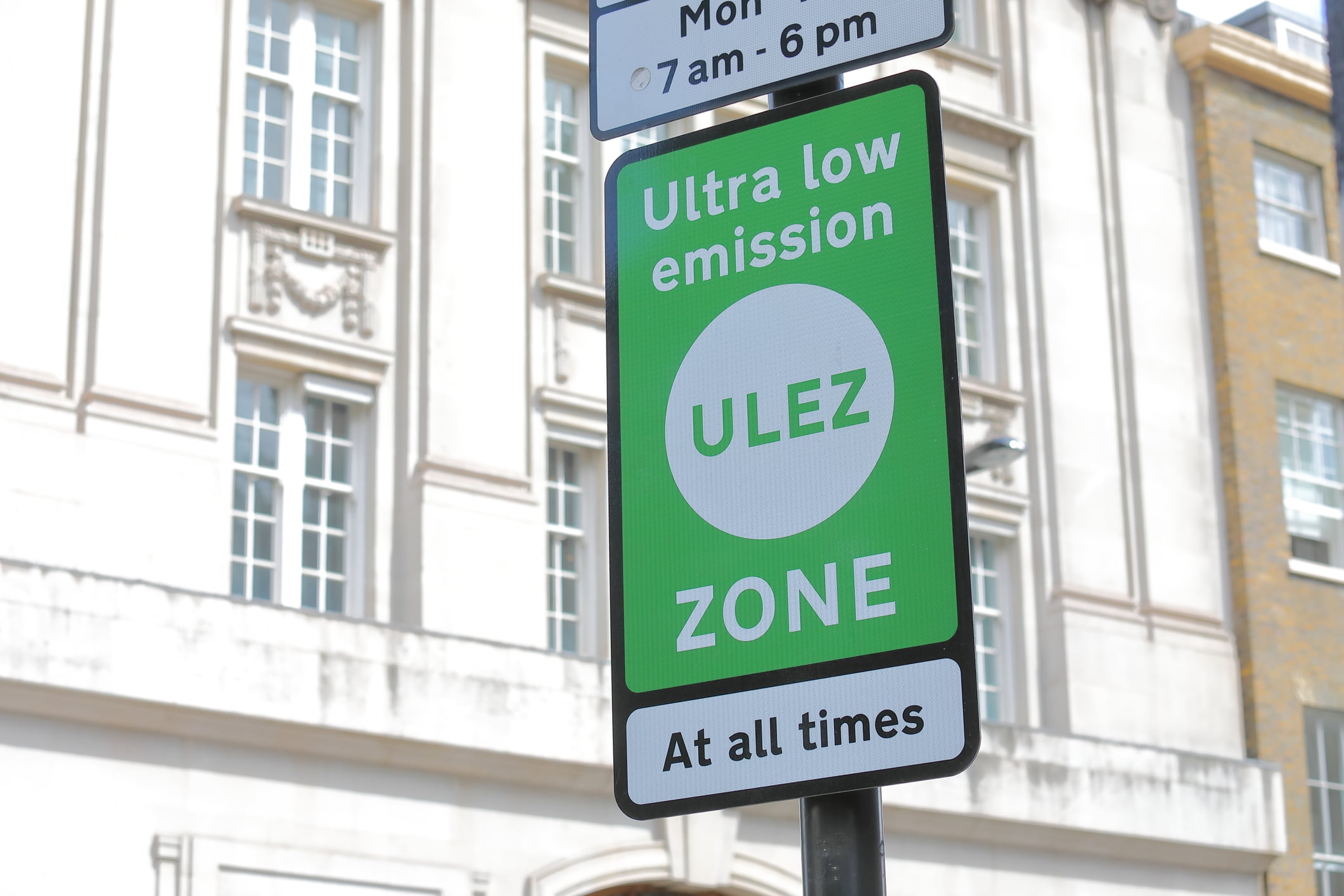Poor air quality causes heart and lung disease, is linked to children’s lung development, and may even contribute to mental health issues. There are five main pollutants in the air that can impact our health:
Thursday 8 October 2020 is Clean Air Day, the UK’s largest air pollution campaign that highlights the threat of air pollution and what can be done to reduce it. The World Health Organisation estimates 91% of the world’s population live in areas where air quality is impacting human health, leading to 4.2 million premature deaths annually.
Air pollution refers to any component in the air that could harm human health. We may not always be able to see the pollution, but it’s a global issue, present in every city and town. Harmful pollutants are often a by-product of burning fossil fuels and wood, or from industry, farming and construction.
In the UK, the main source of air pollution is transport, with 80% of nitrogen dioxide recorded at the roadside, and 30% of fine particulate matter being traced to vehicle tailpipes. Why not check your local air quality today?
What pollutants are in our air and why are they a problem?
| Pollutant | Impact |
|---|---|
| Nitrous oxide (N2O) | Increases symptoms of bronchitis, asthma, leads to respiratory infections, and impacts lung development |
| Particulate matter (PM) | Inhalable particles can lodge in the lungs and travel into the bloodstream, leading to heart and cerebrovascular issues, decreased lung function and respiratory health |
| Carbon dioxide (CO2) | Displaces oxygen in the air and is associated with the presence of health harming pollutants |
| Carbon monoxide (CO) | Limits the flow oxygen in blood around our bodies |
| Sulphur dioxide (SO2) | Impacts lung and respiratory function, aggravating symptoms of asthma |
In addition to public health concerns, air pollution also impacts the environment, contaminating water and soil and leading to health issues in animals and plants, as well as contributing to our climate emergency.

How do vehicles pollute our air?
Almost every vehicle on the road (99.4%) relies on diesel or petrol. As these fuels are burnt in the vehicle’s combustion engine, the chemical structure breaks down and releases harmful pollutants. Additional particulate matter (PM) pollution is also released from brake pads, tyres and road debris.
The table below shows the difference in emissions released by different types of vehicles. A litre of diesel releases 442 times more nitrous oxide (N2O) than petrol (depending on application), so diesel is often considered to be the more polluting fuel type. However, it is worth remembering that both diesel and petrol vehicles emit harmful pollutants and carbon emissions. The cleanest on road vehicles are pure electric cars, which emit zero tailpipe emissions, or active travel options.
| Vehicle | Fuel type | N2O g per mile | CO2e g per mile |
|---|---|---|---|
| Average motorbike | Diesel | 0.95 | 185.89 |
| Average car | Petrol | 0.61 | 291.03 |
| Diesel | 2.97 | 279.01 | |
| Average van (up to 3.5 tonnes) | Petrol | 1.14 | 380.53 |
| Diesel | 2.96 | 405.76 | |
| Average load heavy goods vehicle | Diesel | 20.55 | 1,394.57 |

What is being done to tackle air pollution?
The EU has introduced standards on vehicle manufacturers selling in the EU, known as Euro emission standards, to combat emissions from transport. The Euro 6 standard in place today requires a reduction of up to 96% of pollutants compared to the first Euro 1 standard, introduced in 1992. All new vehicles registered must meet the current emission standard, however this has little impact on older vehicles still on the road. To address this issue, the UK Government has introduced Clean Air Zones (CAZs) and Low Emission Zones (LEZs).
These zones are areas that charge or penalise highly polluting vehicles based on their Euro emission standard. London is home to the UK’s first active ultra-low emission zone (ULEZ), with new zones introduced in Glasgow and Norwich. Further zones are expected to be introduced in the future in Aberdeen, Birmingham, Derby, Dundee, Edinburgh and Newcastle, among others.
Other actions being taken to tackle air pollution in the UK include:
- the UK Government’s plan to ban the sale of new petrol and diesel vehicles by 2035
- offering financial support to households and businesses to invest in electric vehicles and charging facilities
- supporting the growth of public electric vehicle charging infrastructure
- incentives to encourage the uptake of cycling across the UK, including the cycle to work scheme and city bike share schemes
- supporting retrofit schemes for heavy goods vehicles and taxis to allow existing vehicles to upgrade engines to electric or hybrid technologies
- reducing speed limits on polluted motorway sections
- regulating vehicle promotions and sales to ensure pollution levels are clearly stated
- introducing vehicle restrictions to increase space for pedestrians and cyclists

What can you do?
If you want to help reduce the amount of air pollution on our streets, one simple step you can take is to switch to active travel wherever possible. Choose to walk, wheel or cycle your journey instead of driving or using public transport. Active travel options reduce your carbon footprint, help you save on fuel costs, and can have health benefits by keeping you active.
Cycling UK has some guides to help you get started with cycling, and our active travel blog includes cycling top tips. If you live in Scotland, check out Paths for All to find a ‘health walk’ near you. Or if you’re considering an electric bike, our blog includes some helpful FAQs.
For longer journeys that might not be suitable for active travel, consider shared transport. Opting to take the bus instead of the car will see a decrease in pollution. Transport for London buses produce half the quantity of nitrogen dioxide and less than a fifth the volume of particulate matter 2.5 as diesel vehicles. As shared transport can accommodate a larger number of passengers than the typical car, the individual share of pollution is smaller.
If you do need a car, consider switching to an electric vehicle – pure electric vehicles emit zero tailpipe emissions. While electricity production does release pollutants into the air, the UK electricity supply has increased the mix of renewable sources such as wind and solar in recent years. This trend is expected to continue, resulting in cleaner power sources for electric cars.
We all have our part to play in keeping the air clean. So see if you can walk to work or cycle the school run and help make 8 October the cleanest Clean Air Day yet.
Further reading
Electric vehicles: debunking the myths
Electric vehicle technology has quickly developed in recent times yet limits of early technology are still named as issues today.
Low emission zone support fund for households
The fund can help households within a 20km radius of the planned low emission zones in Scotland.
BlogActive travel: the benefits of walking, wheeling and cycling
Why not leave the car at home and get the whole family walking this week? Check out some of the benefits of…
Additional resources
-
Check out Living Streets' walk to school campaign.
Explore the campaign -
British Lung Foundation’s campaign for cleaner air is a useful resource.
Join the campaign -
Find out more about Healthy Air's campaign for healthier, cleaner air.
What changes could you make?